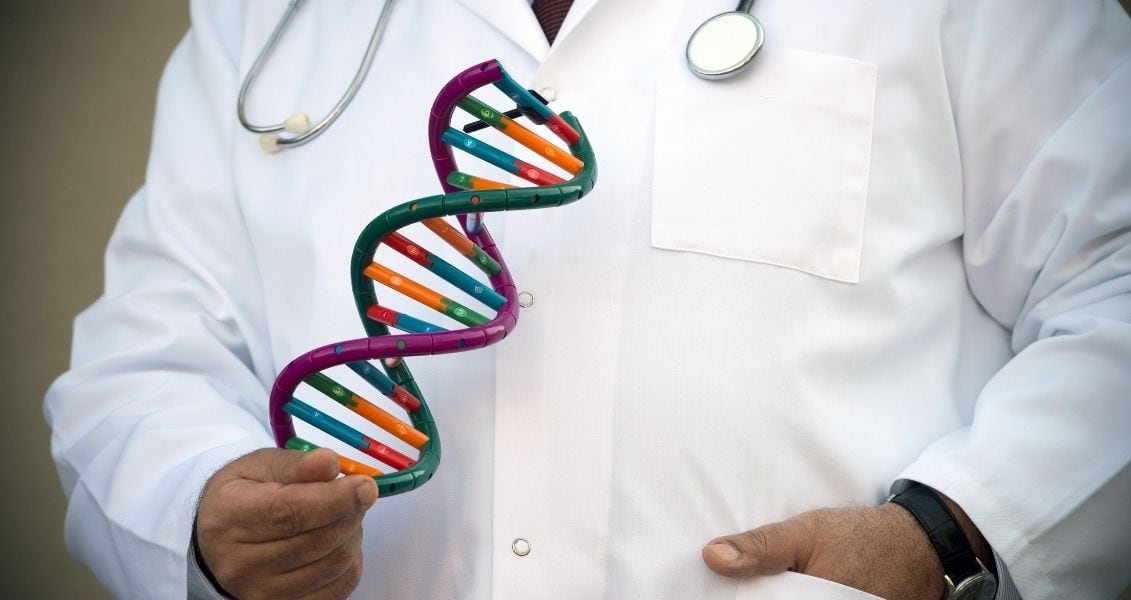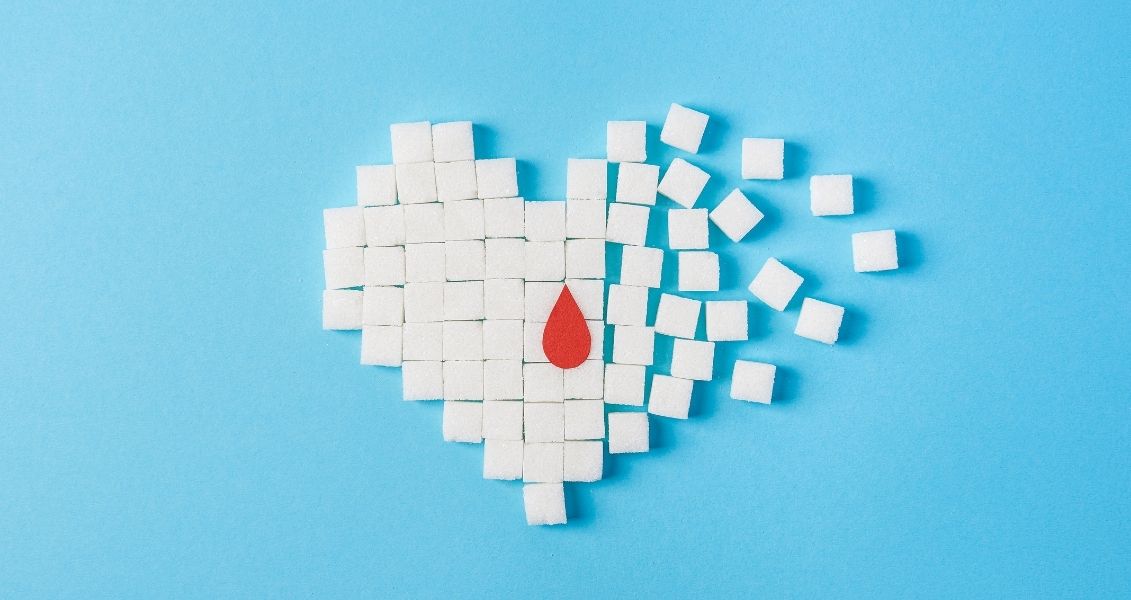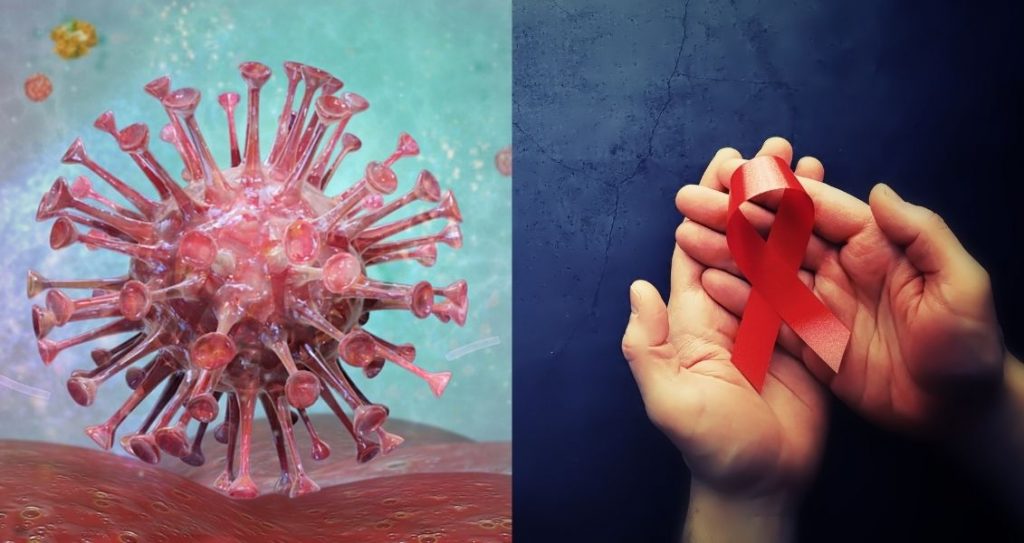Many diseases are surrounding our lives nowadays and we are in a constant danger. Numerous decades had gone before scientists have an opportunity to find out a treatment. Today, we will discuss one of such topics and will find out when is World Diabetes Day in 2025.
So, it’s held annually on 14th of November in order to recall the importance of such an issue nowadays. People have treatment for more than 50 years and we should thank many scientists and researchers who made our lives safe.
History
The history of diabetes begins with the history of humanity. Diabetes as a disease was known even before our era – in Egypt, Mesopotamia, Greece, Rome.
The first description of the disease was compiled more than two thousand years ago by the ancient Roman physician Arthouse (II BC). He gave the name of the disease from the Greek word “diabaino” – “I pass through”. It seemed to the patients that the liquid passes through the body (frequent and profuse urination), despite the constant quenching of strong thirst.

Many doctors tried to identify the causes of the disease, to find ways of treatment. You should try to identify what day National Diabetes Day in 2025 would be. In the writings of Avicenna, Celsus, Galen, and others, the diabetes is mentioned. However, they could not heal, and people were doomed to suffering and death. In this case, mainly patients died from diabetes of the first type, insulin-dependent. Elderly and mature people with the second type were treated with medicinal herbs, physical exercises.
In 1642, the German scientist John Virsung initiated the study of the pancreas: he discovered and described its main excretory duct, passing through the entire length from the tail to the head. Of course, neither Virsung nor other physicians of that time had any idea what internal secretion was all about, and especially about the insular apparatus and its effect on carbohydrate metabolism.
Only in 1869, Lengerberg discovered in the pancreas islet (insular) tissue, which is still called “islets of Langerhans,” although the scientist did not attach any serious significance to them. And yet, for several decades after this discovery, diabetes remained a mystery to humanity.
In 1889, experimenters Josef Mehring and Oskar Minkowski, conducting experiments on dogs to study the role of the pancreas in the digestive system, removed this organ from animals and, to their surprise, found that they had all the symptoms in the first days after the operation known for people of diabetes: a strong thirst, profuse urination and a sharp drop in weight, despite the full nutrition. In the analysis of urine of dogs after surgery, there was a large amount of glucose and acetone (signs of developing diabetic coma). To be convinced of the correctness of his conclusion about the possibility of developing diabetes as a result of the removal of the pancreas, Minkowski transplanted some pancreatic glands taken from healthy dogs to some operated animals under the abdominal skin. After a very short time, the symptoms of diabetes began to disappear. Then the scientist removed the transplanted organ, and these symptoms reappeared. It became clear that in the pancreas, formations regulating carbohydrate metabolism are concealed.
In 1900, a Russian scientist L. Sobolev convincingly demonstrated that the ligation of the pancreatic duct, through which digestive juices enter the intestinal lumen, prevents the development of diabetes mellitus. Although atrophy after iron dressing, L. Sobolev found out that there are areas in it (discovered by Langerhans), which did not undergo atrophy. They do the insular role, i.e. isolate insulin, contributing to the assimilation of sugar substances by the body. Sobolev came to the conclusion that this specific tissue should release a special kind of antidiabetic hormone into blood, and made a brilliant assumption that the extract prepared from such tissue will give an effect in the treatment of the disease.
The thought of the Russian researcher about the presence of a hypothetical antidiabetic hormone was fully confirmed by his followers a few decades later. In 1921, Canadian scientists F. Bunting and C. Best have isolated an animal hormone from the “islands of Lanterganza” which they called insulin. They also tested the received drug on patients, which turned out to be very effective. In 1926, insulin was first obtained at an industrial scale, but its chemical structure was established only after forty years.
Thus, the end of the 1920s marked the beginning of a new era in the treatment of diabetes mellitus, which had previously been fatal in almost all cases. The use of insulin in practicing medicine in the 1960s has allowed to save and extend the life of millions of people. It continues to be used with a great effect today. And although for the patients, it is truly considered a gold medication, scientists are currently busy searching for its analog which could be prescribed to patients not in the form of injections.
However, it is incorrect to use only drugs in diabetes. Treatment is not effective if a person does not change his way of life, if he does not exercise self-control, does not follow a diet and does not implement a set of health procedures.
Meaning
What does Diabetes Day mean? After getting when is International Diabetes Day 2025, we can go further. Symptoms of diabetes mellitus can be the following: general weakness, fatigue, frequent dizziness, a feeling of heaviness in the legs. Symptoms of diabetes mellitus are the appearance of the odor of acetone from the mouth, the deterioration of vision. Sometimes, it is confirmed by such symptoms as lowering the body temperature of the patient. A sign of the disease can be called spasms, arising in the field of calf muscles. If you do not pay attention to the signs and symptoms of type 1, it is likely that the patient will develop a diabetic coma, which often leads to death.

Definition
To treat the first type, insulin is used. It is this drug that supports the functions of all organs of the patient. Insulin in its effect can be of different duration.
In the case of type 2, medicines in the form of tablets are used for treatment. Such preparations (predian, glurenorm) include sulphoconine in the structure. They restore the cells that lost sensitivity to insulin produced by the body in excess.
Traditions
Usually, on this day, people all over the world celebrate the appearance of insulin and many charitable foundations are opened in order to be supported. You should remember that it’s unreal to treat this disease, you can only maintain your condition in order not to degrade it. Knowing what is the date of World Diabetes Day 2025, you are ready to cope with that issue.
National Diabetes Day Facts
- There are already 13 variants of MODY-diseases. In the general structure of diabetes, it takes less than 10%.
- It is believed that no one has yet found a miracle cure for this disease, so for prevention, doctors recommend eating right, controlling weight, doing physical exercises.
So, you’re now completely informed about when is Diabetes Day in 2025, with a help of a calendar and ready to commemorate it on the 14th of November.


































